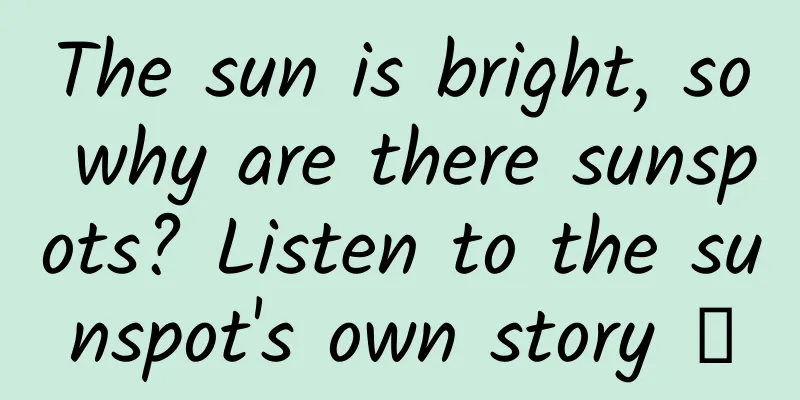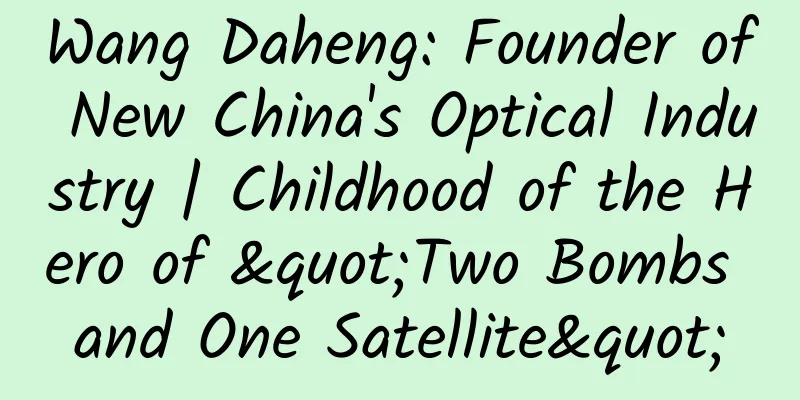"One medicine cures many diseases" is no longer a legend? "Panacea" may become a reality!

|
□ Feng Yan, Science Times reporter Wang Chun How wonderful it would be if one pill could cure several diseases. This dream may really come true. Wang Sheng's research group at the Center for Excellence in Molecular Cell Science of the Chinese Academy of Sciences proposed a new method for designing multi-target and multi-functional drugs, providing new ideas for the development of drugs for complex mental illnesses. The research results were published in the internationally renowned academic journal Cell on March 28. The traditional pharmaceutical paradigm focuses on selectivity to avoid side effects, and usually adopts the strategy of "one molecule, one target, one disease". However, for some complex multifactorial diseases, such as mania and depression manifested by mental illness, and bipolar disorder, one drug often cannot cover several symptoms, so it is crucial to develop a drug that can act on multiple targets at the same time. How to design such a multi-target, multi-functional drug has always been a major problem in the scientific community. Remdesivir coronavirus drug and target (copyright image of the gallery, reprinting and use may cause copyright disputes) In the view of researcher Wang Sheng, the relationship between drugs and targets is like that between keys and locks. If a new molecule that is as variable as Kun diving into the seabed and Peng flying in the sky can be designed, when encountering different lock cores, it can bind to different receptor targets in different forms and regulate receptor activity, thus alleviating various symptoms of the disease at the same time. Inspired by this, Wang Sheng's research group challenged this "master key" and identified two different "lock cores". Based on years of research on receptor structural pharmacology, Wang Sheng's research group found that agonist ligands of the serotonin receptor family tend to adopt a "stretched upward" binding state, while antagonist ligands tend to adopt a "bent downward" binding state. In other words, as long as a variable "key" that can both "stretch upward" and "bend downward" can be designed, these two "locks" can be opened at the same time. Wang Sheng's research group figured out the various shapes of the "holes", and then turned to computational biologists to use programs to find a chemical "skeleton" that can both deform and connect the two drug structures at the same time. Serotonin is a widely studied neurotransmitter that affects almost every aspect of brain activity. Based on the serotonin 1A receptor and serotonin 2A receptor, there are 2.2 million candidate compounds, which were repeatedly screened with different criteria. More than 240,000 were selected, 4,537 were selected from the 240,000, 296 were selected from the 4,537, 10 were selected from the 296, 2 were selected from the 10, and 1 was selected from the 2. Wang Sheng's research group designed a representative multi-target molecule IHCH-7179 based on serotonin 1A receptor and 2A receptor. When binding to serotonin 2A receptor, IHCH-7179 "bends downward" and dives into the deep pocket, inhibiting the activity of this type of receptor, thereby suppressing the mania and hallucination symptoms of mental patients. On the contrary, when binding to serotonin 1A receptor, IHCH-7179 "stretches upward" and activates this type of receptor, thereby improving the cognitive function of mental patients. This "one in 2.2 million" compound IHCH-7179 really lived up to expectations. Using a variety of preclinical animal models simulating schizophrenia and dementia, Wang Sheng's research group found that it can antagonize serotonin 2A receptors and inhibit the symptoms of psychosis in mice, and activate serotonin 1A receptors to improve the cognitive function of schizophrenia and dementia mice, supporting the multi-functional activity and potential clinical application value of multi-target molecules. Xu Huaqiang, co-corresponding author of the paper and researcher at the Shanghai Institute of Materia Medica, Chinese Academy of Sciences, said that this is the first time in the world that central nervous system drugs have been designed clearly based on targets, and it is also a direction for the future development of structural biology. Wang Sheng revealed that a multi-target drug for the treatment of schizophrenia designed using this method is currently being developed in cooperation with Shanghai Pharmaceuticals and is expected to enter clinical trials in the second half of the year. It will be combined with more effective targets to turn it into a controllable molecule. |
<<: How to judge whether the air in your home is good or bad? Highly recommended to collect!
>>: Can Gallium Arsenide Batteries, Which Are Expensive and Powerful, Become Cheaper in the Future?
Recommend
A washcloth, wiped from head to toe! Huaxi doctor: Oh my god, you can’t even wash your face?
I've been friends, I've been married, I&#...
Zhihu promotion operation: Zhihu sorting rules
I remember when I first started using Zhihu, I wa...
Promotion and marketing are difficult. Here are 3 steps to teach you how to use traffic pools to create a closed marketing loop!
As the number of incremental Internet users decre...
"999 Cold Remedy" swept the screen, on the simple role of advertising in user operations
Recently, this advertisement of "999 Cold Re...
Four low-Earth orbits are running simultaneously! my country's "precipitation star" has become a regular star!
On May 1, Fengyun-3G, which we often call the &qu...
Random Talk: "Zhejiang" Scientist - Yan Jici: Pursuing the "Light of Science" Throughout His Life
...
SMIC Financial Report: Revenue in 2024 Reaches a New High of 58.68 Billion Yuan, Capacity Utilization Rate of 85.6%
According to recent news, SMIC announced its unau...
Electronic Technology Special Report: Can the victory of PlayerUnknown's Battlegrounds over League of Legends, a gold medal game owned by Tencent, indicate that League of Legends is heading for a trough?
Steam's new overlord: PlayerUnknown's Bat...
The “man behind” the Sina Weibo hot search list tells the secrets behind the hot searches!
Guest Introduction Zhou Zihui, person in charge of...
"Chang'an 30,000 Miles" is popular, and these details are hotly discussed by netizens
Detail lovers please come in! Unlock the costume ...
Have you tried 1,000 times to quit smoking but still failed? Because you didn’t use the right method
...
Methodology for information flow delivery in wedding photography, food and other industries!
The information flow master who has been in the i...
This little black box can crack the passcode of almost any iPhone
It doesn't matter whether you add a fingerpri...
A fresh stream in the live broadcast industry, celebrities’ live broadcasts should be the transmitters of positive energy
When it comes to online live streaming, Internet ...
Analyzing the 4 ways to use Douyin to promote accounts!
What is a Douyin account? A Douyin account that i...









